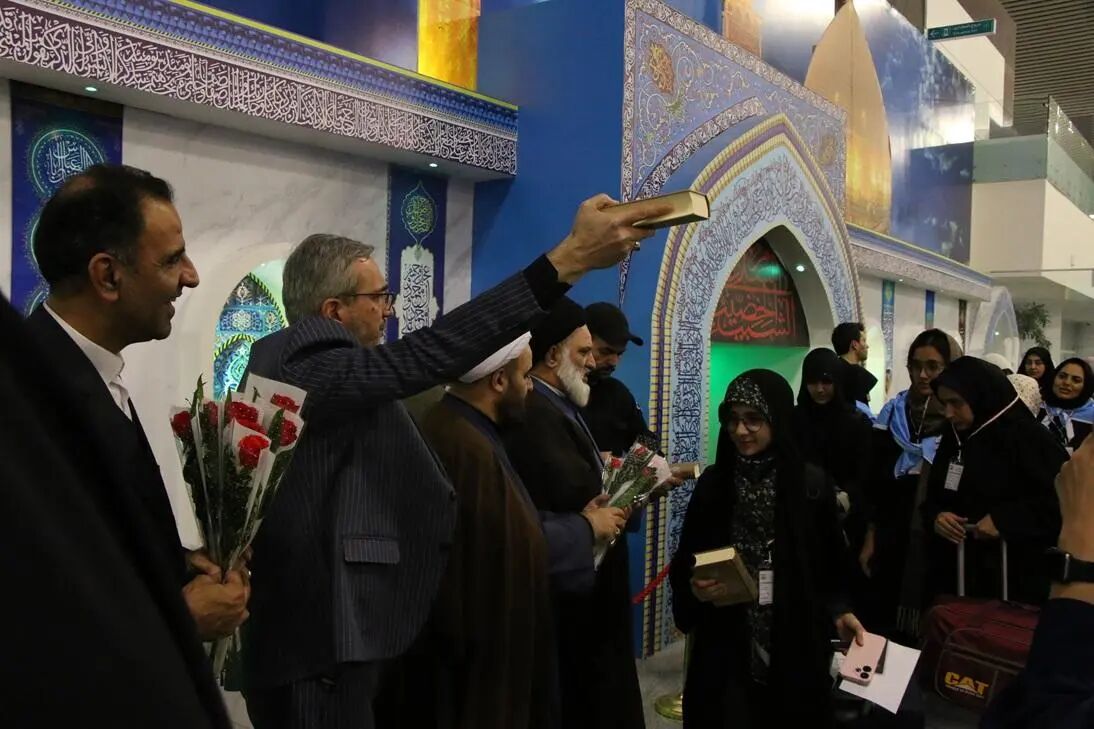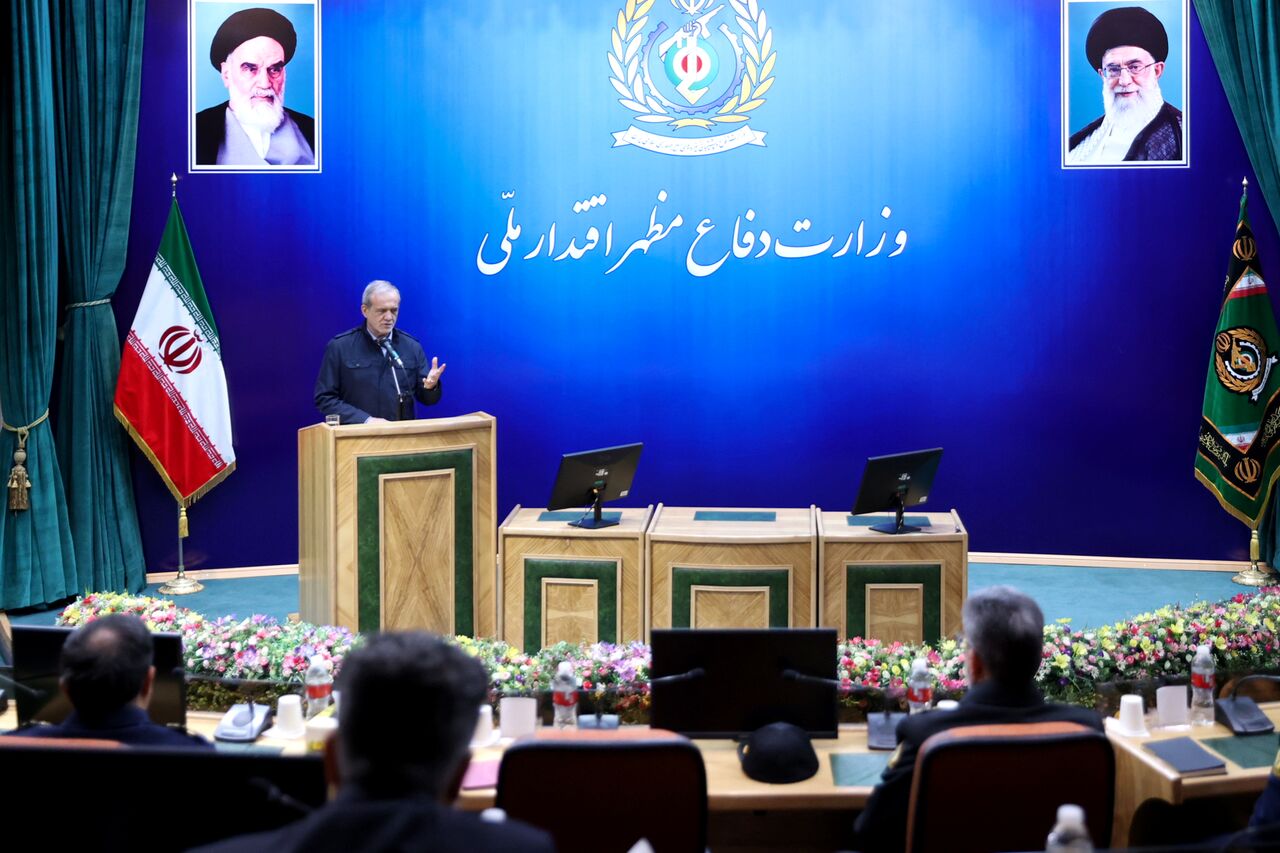Grand Egyptian Museum gala: An imperial spectacle haunted by history
Grand Egyptian Museum gala: An imperial spectacle haunted by history

The historical significance and civilisational contributions of Pharaonic Egypt are beyond dispute. But the recent opening ceremony of the Grand Egyptian Museum was not a cultural celebration of ancient glory. It was a political affair and, contrary to appearances, a symptom of compromised sovereignty and national underachievement.
The lavish gala, held on 1 November against the backdrop of the Giza pyramids, bore all the hallmarks of political propaganda in modern history. Similar high-profile spectacles have been staged in the past to prop up regimes during times of subservience to foreign powers, growing dependency on private money or extractive wealth, and increasing unpopularity at home.
At the time of their execution, these vanity fairs awed the world and gave their hosts a false sense of surplus power and renewed legitimacy. In retrospect, they were telltale signs of these regimes’ decadence and eventual demise.
One of the most famous instances took place in Egypt itself more than 150 years ago. In 1871, Cairo hosted the opera Aida to global acclaim. The opera was composed by Italian superstar Giuseppe Verdi and commissioned by Egypt’s then-ruler, Khedive Ismail, to celebrate the opening of the newly built Suez Canal.
A century later, the shah of Iran, Mohammad Reza Pahlavi, threw a regal party among the ancient ruins of Persepolis to commemorate the 2,500-year anniversary of the reign of Persia’s powerful king, Cyrus the Great.
The inauguration of the Grand Egyptian Museum, not to be confused with the museum itself, was not a reproduction of either. None of these events were similar, but all three expressed dominant historical trends: western cultural imperialism, assertive authoritarianism and conspicuous consumption.
Colonial culture
European taste in fashion, food and music - and even the reimagining of history - was omnipresent in Aida and the shah’s Persepolis festival. As Edward Said explained in his analysis of Aida as an imperial spectacle, Verdi insisted on constructing a set whose “temples and palaces had to be reproduced in an orientation and perspective staging the actuality of ancient Egypt as reflected through the imperial eye”.
The khedive's taste for European art and his entourage of European advisers did not save him from deposition by the West
The storyline was chosen by French Egyptologist Auguste Mariette, head of Egyptian antiquities under the khedive. The plot, Said tells us, was imbued with European stereotypes of the exotic and despotic Orient.
Some of the male priests were converted in the script into priestesses. For Said, this reflected the conventional European tradition of centring the “Oriental woman” in any exotic practice. On stage, these priestesses were functionally equivalent to dancing girls, slaves and concubines.
A century later, the Persepolis bonanza was almost entirely a European affair. In order to erect a tent city in the wilderness to house and entertain dozens of foreign dignitaries, the shah flew in everything and everyone - from trees, to trays, to chefs, to waiters - from European capitals.
European taste was also visible at the Grand Egyptian Museum event. Classical European music dominated scenes of dancers dressed in ornate pharaonic costumes. The operatic genre soared in many languages. In line with American globalised culture, emphasis was placed on an international outlook that fused performances from Brazil to Japan into the programme.
Rather than calling for their repatriation, obelisks removed from Egypt during colonial times - and which are now standing in Paris or New York - were peddled as evidence of Egypt’s far-flung influence.
Largely absent were Egypt’s contemporary repertoire of Arabic music and rich tradition of Islamic art, both of which made only ephemeral and symbolic appearances. The emphasis on a pre-Islamic past and a Europeanised present is a fixture of colonial culture, and it cut across all three events.
The exorbitant costs associated with these events are another sign of the age of decadence they embody. The opera house built by the khedive under the supervision of Italian engineers is estimated to have cost £16.5m ($21.8m). Verdi, who confessed in a letter to his friend that he had “never been able to admire” Egyptian civilisation, agreed to write a special opera in return for the hefty sum of 150,000 francs in gold.
The khedive’s reckless spending on the opera was emblematic of his temperament. His tenure was known for its grand construction projects at a time of increasing concentration of wealth through the consolidation of land ownership, corvee labour, and other forms of burdensome taxation whose impact fell squarely on peasants and workers.
His splurging habits, often fuelled by corrupt European advisers, contributed to the ballooning of public debt. The latter led to the eventual bankruptcy of Egypt and its occupation by British forces. The khedive’s taste for European art and his entourage of European advisers did not save him from deposition by the West.
Swept from power
The shah’s desert party at Persepolis was no less of a wild splurge. According to media reports, an estimated 40 trucks and 100 planes were employed to transport the materials required to build the tent city, while 18 tonnes of food and 25,000 bottles of wine were served by 180 foreign waiters.
These acts of conspicuous consumption were aired for the Iranian people to see at a time when, according to some estimates, close to half of the population was below the poverty line.
Mainstream media coverage of the Grand Egyptian Museum has cited the costs of building the museum, rather than the ceremony expenses. The $1.2bn project is indeed a pocketful. But unlike the opera or the shah’s party, it is expected to generate future revenues, and was billed as part of expanding the tourism sector.
Tourism is a major source of revenue for cash-starved Egypt, but it is far from adequate to relieve the country’s rising debt or to tackle multidimensional poverty.
The partnership with the private sector in this venture was another sign of the full return of Egypt’s oligarchy to the corridors of power, as Prime Minister Mostafa Madbouly feted several business moguls in a well-advertised news conference. During the show, they occupied front seats among world dignitaries.

Invited investors included the steel magnate and disgraced Mubarak ally, Ahmed Ezz. The broadcast also featured the former culture minister under President Hosni Mubarak, Farouk Hosny. Under his watch in 2004, a theatre fire killed 46 people.
The choice of a museum as a site of national pride and economic promise stands in stark contrast to the mega-project of building a high dam in the 1950s. Despite its many faults, the high dam project was forward-looking.
It focused on empowering the agricultural and industrial sectors, while lighting up Egyptian homes with hydro power. It was also the trigger for nationalising the Suez Canal to cover construction costs, without resorting to US foreign aid tied to political concessions.
The nationalisation of the canal in defiance of Britain marked a pivotal moment in the decline of British imperialism in the region and the rise of Egypt as a leading force of national liberation on a regional and global scale.
Those bygone days are now replaced with a regionally impotent Egypt pleading for “peace” - a common theme during the ceremony - while its Nile waters are threatened by Ethiopia's mega dam and its Sinai borders are under de facto Israeli sovereignty.
At the Persepolis party, a solemn Mohammad Reza Pahlavi, who four years prior had crowned himself “king of kings”, addressed the tomb of Cyrus with the words: “Sleep well, we are alert.” History decreed otherwise; in a few years, the shah, whose feats were no match for those of Cyrus, was taken by revolutionary surprise and swept off his royal seat.
Half a century later, the colossal statue of Ramesses II, one of Ancient Egypt’s most successful warriors, decorates the entrance of the Grand Egyptian Museum. Time will tell whether his good fortunes will suffice to shield Egypt’s contemporary ruler from the fate that befell the modern successor of Cyrus before him.
The views expressed in this article belong to the author and do not necessarily reflect the editorial policy of Middle East Eye.











